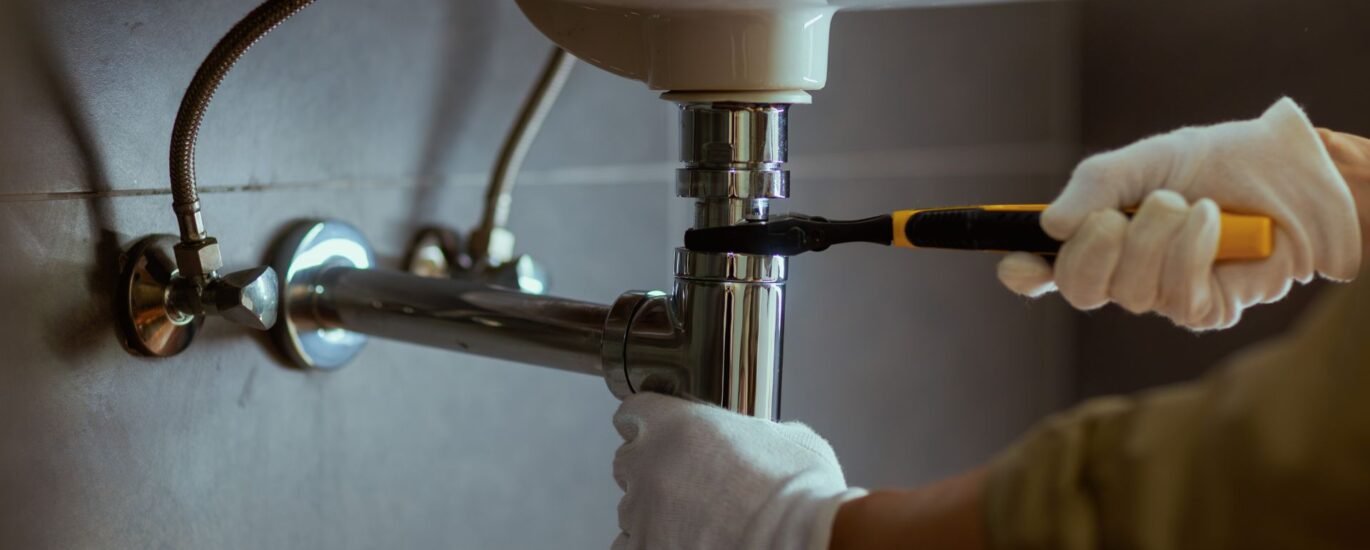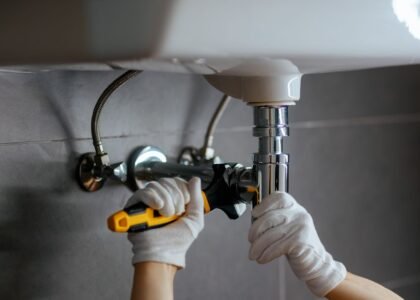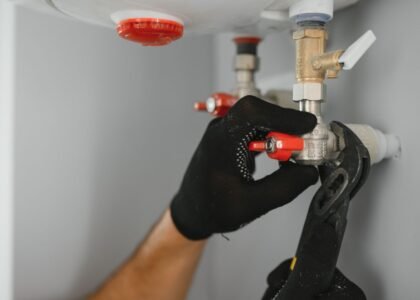Introduction
When water leaks appear or your plumbing makes strange noises, you’re faced with an important question: should you repair the pipe or replace it entirely? This choice impacts not only your budget but also the long-term safety of your plumbing system.
Why the repair vs replacement decision matters
A quick patch might solve a small leak for now, but if the rest of the pipe is corroded, the problem could return. On the other hand, replacing a pipe may feel like a bigger project, but it can prevent ongoing repairs and future water damage. The right choice depends on the condition of your pipes and how much disruption you’re willing to accept.
Signs that replacement is better than repair
- Multiple leaks in the same line
- Visible rust, flaking, or scaling on the pipe surface
- Brown, discolored, or metallic-tasting water
- Noticeably lower water pressure at faucets or showers
- Pipes making rattling or banging noises
- Pipes that are near or past their expected lifespan
When these signs are present, repair usually won’t last long. Replacement becomes the smarter investment.
When a repair is still worth considering
There are times when a pipe repair is the right solution. For example:
- A small, isolated crack or pinhole leak
- Pipes that are otherwise in good shape with strong surrounding metal
- Accessible pipe runs, like in basements or crawlspaces
- Situations where a temporary fix is needed before a planned remodel
Repair options can include pipe clamps, epoxy patches, or swapping out a short section. These solutions are effective in the right circumstances, but they should be viewed as a step, not the final word on pipe health.
Replacement options for homeowners
When replacement is the right call, you’ll need to decide how much of your plumbing to update:
- Partial replacement: a single section of damaged pipe
- Segmental replacement: a plumbing run serving one area of the home
- Full repiping: a whole-home update with modern piping materials
Each approach has different costs and benefits. A partial replacement is less invasive, while a full repipe is more future-proof.
Choosing the right material
Different materials offer different advantages:
- PEX: flexible, resistant to corrosion, easy to install
- Copper: strong, long-lasting, but more expensive
- CPVC or PVC: affordable and simple, but less tolerant to heat
- Stainless steel: highly durable, though not commonly used in homes
The choice depends on your home’s needs and local conditions, including San Diego’s water quality and soil movement.
How to prepare for a replacement project
- Map your current plumbing with video inspection
- Plan the work zone by zone to minimize downtime
- Use proper supports to allow pipes to expand and contract
- Flush and sanitize pipes after installation
- Take photos of new layouts for future reference
- Expect some surprises in older homes—walls and floors often hide obstacles
Preventing future repairs
Even new pipes benefit from regular care:
- Inspect exposed sections once a year
- Note subtle warning signs, like lower water flow or slight discoloration
- Consider a filtration or softening system to reduce mineral buildup
- Avoid harsh drain cleaners that can damage interiors
- Keep a record of past repairs and replacements
Conclusion
The decision to repair or replace a pipe is one of the most important you’ll make for your home’s plumbing. While a quick repair might save time, replacement is often the best long-term choice for safety and peace of mind.
For a closer look at expert solutions in San Diego, visit:
Expert Pipe Repair in San Diego: Keeping Your Home’s Plumbing Strong
If you’re ready to take action, you can reach out anytime here:
Contact Us



